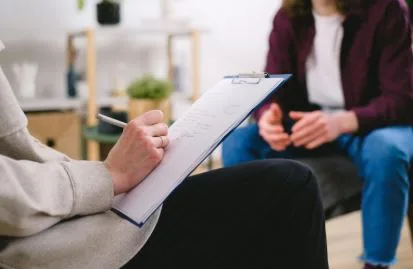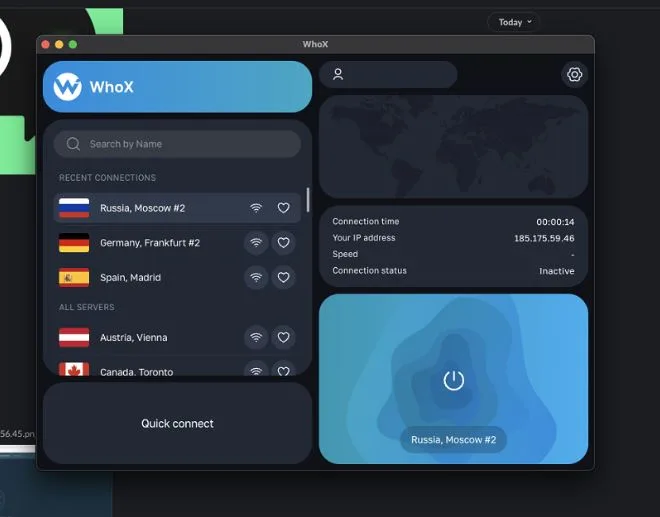Hoarding Cleanup: A Sensitive Approach to a Complex Issue
Hoarding isn’t just about having a lot of stuff. It’s a complex problem that can affect your health, safety, and relationships. If you’re dealing with hoarding in your home or helping someone who is, you may feel overwhelmed. The idea of cleaning up a space full of years of accumulated items can seem impossible. But with the right approach, it’s possible to handle it safely and respectfully.
Understanding Hoarding
Hoarding is often misunderstood. Many people think it’s simply laziness or poor organization, but it’s actually a mental health condition. People who hoard often have trouble letting go of possessions, even if those items are broken, expired, or no longer useful. According to the Anxiety & Depression Association of America, hoarding affects about 2-6% of the U.S. population and is linked to anxiety, depression, and sometimes trauma .
Hoarding can create real dangers. Cluttered homes increase the risk of falls, fires, and pest infestations. In extreme cases, homes may become uninhabitable. That’s why professional hoarding cleanup services exist—they can help restore safety without causing emotional harm.
Why a Sensitive Approach Matters
When you’re cleaning a hoarding situation, it’s not just about removing things. You have to consider the person’s feelings. Many people who hoard feel shame or guilt about their home, and rushing through cleanup can make them feel worse. A sensitive approach means:
- Communicating Clearly: Talk to the person about each step. Ask which items are important to them.
- Respecting Boundaries: Avoid discarding items without permission. Even small possessions can hold strong emotional value.
- Taking It Slow: Large cleanups should be broken into manageable sessions. One day won’t fix months or years of accumulated items.
Using a professional service, like hoarding cleanup specialists, can make this process smoother. They have the training and experience to handle the physical cleanup safely while respecting the person’s emotional needs.
Steps to Handle Hoarding Cleanup
If you’re preparing for a cleanup, here’s a practical guide:
- Assess the Situation
Walk through the space and note potential hazards, like unstable piles, blocked exits, or mold. Decide what areas need the most urgent attention. - Create a Plan
Break the cleanup into sections. Focus on one room or one area at a time. Setting small goals prevents overwhelm. - Sort Carefully
Divide items into categories: keep, donate, recycle, or dispose. Encourage the person to be part of the decision-making. Respect their choices even if they seem unusual. - Prioritize Safety
Wear gloves, masks, and closed-toe shoes. Some items may carry bacteria, mold, or sharp edges. Professionals often have specialized gear for biohazards or heavy debris. - Handle Emotional Support
Consider involving a therapist or counselor if the hoarding is severe. Cleaning the home can trigger anxiety, guilt, or sadness. - Dispose Responsibly
Use local recycling, donation centers, or waste management services. Avoid dumping items in ways that could harm the environment.
Challenges and Limitations
Hoarding cleanup is not a quick fix. Even after clearing the space, the person may need ongoing support to prevent future accumulation. It’s common to face resistance, emotional setbacks, and unexpected hazards like pests or mold. Being patient and realistic about progress is key.
Another limitation is cost. Depending on the severity of the hoarding, cleanup services can be expensive. However, investing in professional help often saves time, prevents injuries, and protects the person’s health.
When to Seek Professional Help
Some situations require professional intervention, such as:
- Homes with heavy clutter blocking exits or creating fire hazards
- Presence of biohazards like mold, blood, or animal waste
- Large-scale accumulation that you cannot safely manage on your own
Professionals trained in hoarding cleanup not only handle the physical work but also provide guidance for creating sustainable habits to prevent re-cluttering.
Moving Forward
Hoarding cleanup is about more than tidying a home—it’s about improving quality of life while respecting the individual. Whether you’re helping a loved one or managing your own space, taking a patient and structured approach makes a big difference.
Remember, you don’t have to do it alone. Combining emotional support, realistic planning, and professional cleanup services is the safest way to navigate this challenging situation. By approaching hoarding cleanup with empathy and care, you can help create a safer, healthier environment that allows everyone to breathe easier.




